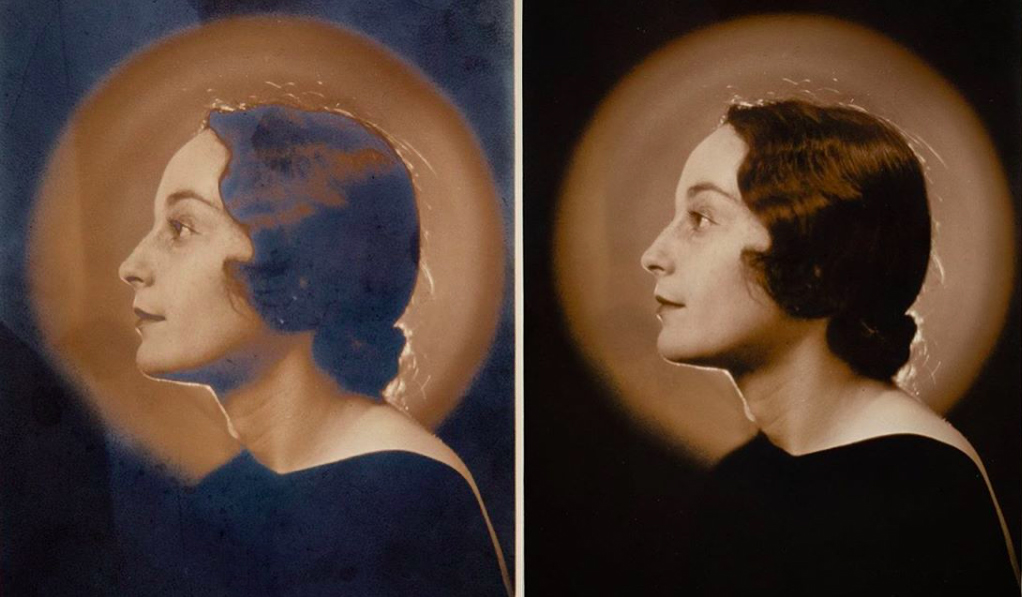How to Protect Your Photos from Silvering-Now!

If you have printed photos in your family collection, it’s important to pay attention to their condition because over time, they can suffer from various types of damage, including silvering.
What is silvering? It’s a form of photo damage common in black + white photos with silver-based emulsions. You can identify a silvering print by the metallic mirroring effect on the surface.
When a photo starts to silver, it will not stop. The process happens when the gelatin layer on the photograph’s surface begins to break down, causing the silver particles in the image to rise to the surface.
There are several reasons why this can occur. One of the most common is improper storage of photographs. Exposure to high humidity levels, temperature fluctuations, and exposure to sunlight or UV light can all contribute to silvering.
You can prevent silvering with the proper care and handling of your photographs.
Some tips:
– Store your photographs in a cool, dry place, away from direct sunlight and high humidity levels. An album or storage box specifically designed for photographs is ideal.
– Handle your photographs with clean, dry hands. Using cotton or nitrile gloves is ideal because oil and dirt from your hands can cause damage to the photograph’s surface.
– Keep your photographs away from materials that contain acids, such as wood pulp or cardboard, which can accelerate the aging process and contribute to silvering. Always store photos in archival enclosures.
If your photograph has already suffered from silvering, don’t panic! While you can’t reverse the damage, a museum-quality digital scan can restore the photo’s original appearance and bring the image back to life.
The image above is a great example of the work we did on a damaged photo. See the difference?
Remember – silvering is a common type of photo damage that can occur in black and white photos. It’s important to take proper care of your photos to prevent this from happening in the first place. But if your photographs have already suffered from it, don’t worry – the images can be restored in digital form, and they will look great for years to come.
Recent Posts
Archives
- February 2024
- January 2024
- December 2023
- November 2023
- October 2023
- September 2023
- July 2023
- June 2023
- March 2023
- February 2023
- January 2023
- October 2022
- September 2022
- August 2022
- July 2022
- May 2022
- March 2022
- February 2022
- December 2021
- June 2021
- April 2021
- February 2021
- January 2021
- December 2020
- November 2020
- October 2020
- September 2020
- August 2020
- June 2020
- May 2020
- April 2020
- February 2020
- January 2020
- December 2019
- November 2019
- August 2019
- July 2019
- June 2019
- May 2019
- April 2019
- March 2019
- February 2019
- January 2019
- December 2018
- November 2018
- September 2018
- July 2018
- June 2018
- May 2018
- April 2018
- March 2018
- February 2018
- January 2018
- December 2017
- November 2017
- October 2017
- September 2017






